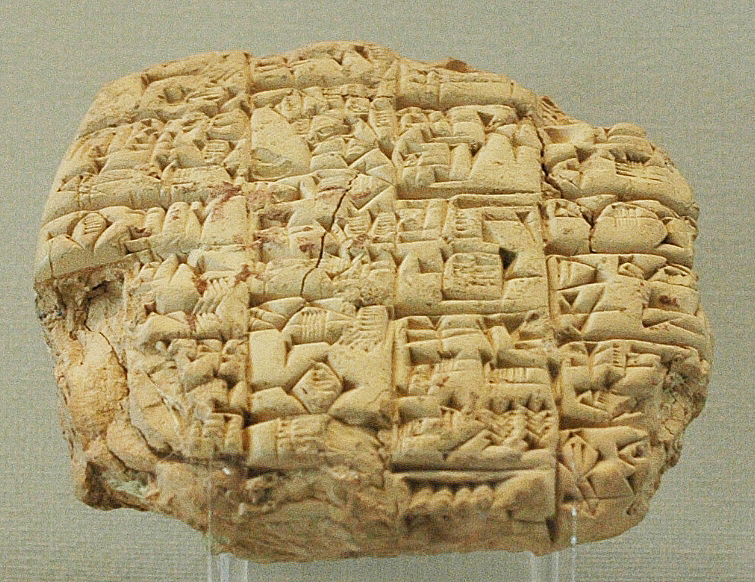Burying the Digital
April 3, 2014
by Graeme Earl
I am at Museums and the Web this week in Baltimore. I was sat next to @trinkermedia and we were talking enthusiastically about the physical, tangible and the interactive digital (as usual). Over the last few years we have been digitising very large collections of cuneiform tablets and are mid way through developing an open source […]
I am at Museums and the Web this week in Baltimore. I was sat next to @trinkermedia and we were talking enthusiastically about the physical, tangible and the interactive digital (as usual). Over the last few years we have been digitising very large collections of cuneiform tablets and are mid way through developing an open source Reflectance Transformation Imaging web renderer that will allow interaction with these on mobile devices and desktops. The plan is that we will deploy these via tablets and phones of various form factors in order that the gyroscope and the lighting hemisphere captured from a front camera can be used to provide a sense of placing the digital tablet in its physical surroundings more completely. So, my aim is that, for example, in a room with low lighting captured from the phone the main directional light source vector will be identified from the maximum brightness in a photograph from the front camera and the RTI relighting intensity will be scaled to match that brightness. Once set this orientation should allow the gyroscope to link movement of the tablet to the space within which the movement is happening, and in turn relight the virtual object in a contextual way. We still have a way to go but we have a good handle on the methods to employ. So, watch this space.
But back to #mw2014. Javier and I were talking about his work to repurpose Linked Data and also his interest in interactive forms. I have been reflecting on the continuing power of the physical artefact in my life as I finalise the @UoSFLPortus MOOC. I want the MOOC to provide digital experiences of Portus and artefacts, but I also want to encourage the students on the MOOC to make their own interactive objects (more to follow on this soon via the Portus MOOC blog) and also to visit museums collections near where to they live to provide another form of engagement, and finally to think how accessible, touchable objects in the home could stand in for inaccessible, curated artefacts. (We now have the beautiful work of Eric Brockmeyer to stimulate us!). The plan is for the Archaeology of Portus MOOC to have a subsidiary archaeological computing and digital museums flavour, via the blog. So we would be excited to work with others on this in the coming months.
Anyway, all this made me think about the other project that is big in my head at the moment – the @Ahrcrti project focused on the RTI viewer. In the last few weeks we have been doing some work on RTI archiving in collaboration with Cultural Heritage Imaging and @ads_update and @UniSotonLibrary – the plan is to enable an easy mechanism to embed RTI repository content in blogs and websites and to link specific annotations via DOIs so that threaded citation and conversation around the RTI interpretations can grow. Again, more on this soon.
The question here is, could we physically instantiate the RTI of cuneiforms so that a physical tablet might survive as the carrier for the information long into the future? I am fascinated by the possibility of chance discovery of the tablet, and the intersection of the tablet with a repository. If nothing else it foregrounds the 10 or 20 years quoted in many archiving strategies for research data. I could do the same for information from Portus, perhaps encoding a brick stamp in similar ways. If I drop a rugged tablet into the foundations of the Palazzo Imperiale it may not be discovered for centuries. How long would the device survive? And what connections would the device be able to make in the future? What should we encode on the device. alongside the object data?
Categories: Uncategorized. Tags: ahrcrti, Blog, mobile rti, pervasive RTI, RTI, and WSI.

